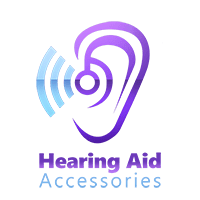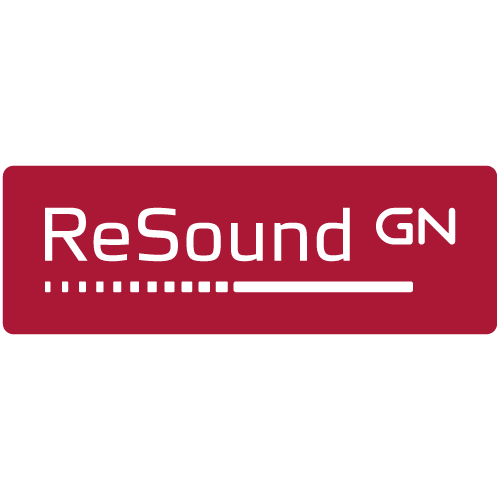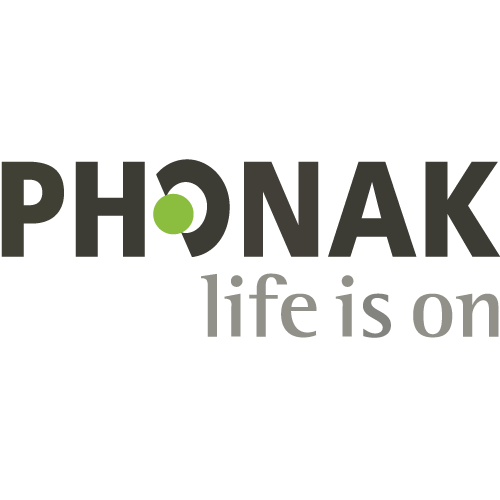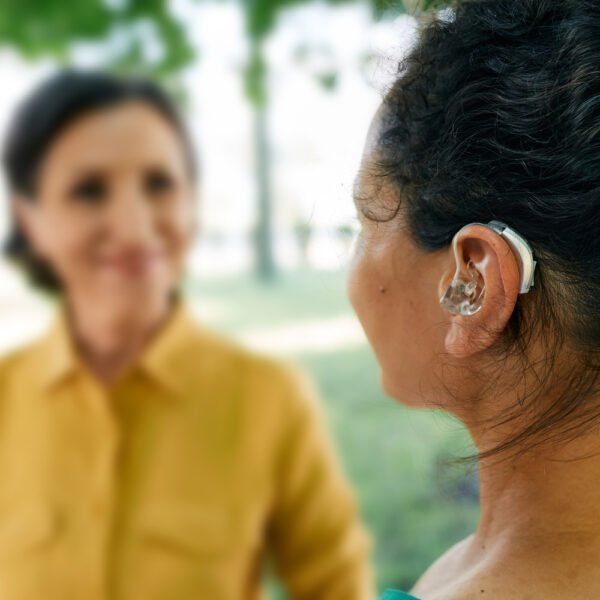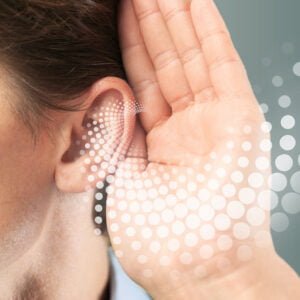Navigating public spaces can be a challenging experience for individuals with hearing loss. The hustle and bustle of daily life, combined with background noise and multiple sound sources, can make it difficult to focus on specific sounds or conversations. However, with the right strategies and tools, individuals with hearing loss can confidently move through public spaces and fully engage with the world around them.
Understanding the Challenges
Overwhelming Ambient Noise
Crowded areas such as shopping malls, restaurants, and public transportation hubs are notorious for their high levels of ambient noise. The constant buzz of people talking, background music, and other environmental sounds can create a cacophony that drowns out important auditory cues. For individuals with hearing loss, this overwhelming noise can make it difficult to focus on specific sounds or conversations, leading to fatigue and frustration.
Difficulty in Sound Localisation
One of the critical challenges faced by individuals with hearing loss in public spaces is the difficulty in accurately pinpointing the direction of sounds. This skill, known as sound localisation, is crucial for navigating environments safely, especially in areas with heavy traffic or where potential hazards may be present. The inability to determine where a sound is coming from can pose significant safety concerns, as it may delay reaction times and hinder one’s ability to respond appropriately to potential dangers.
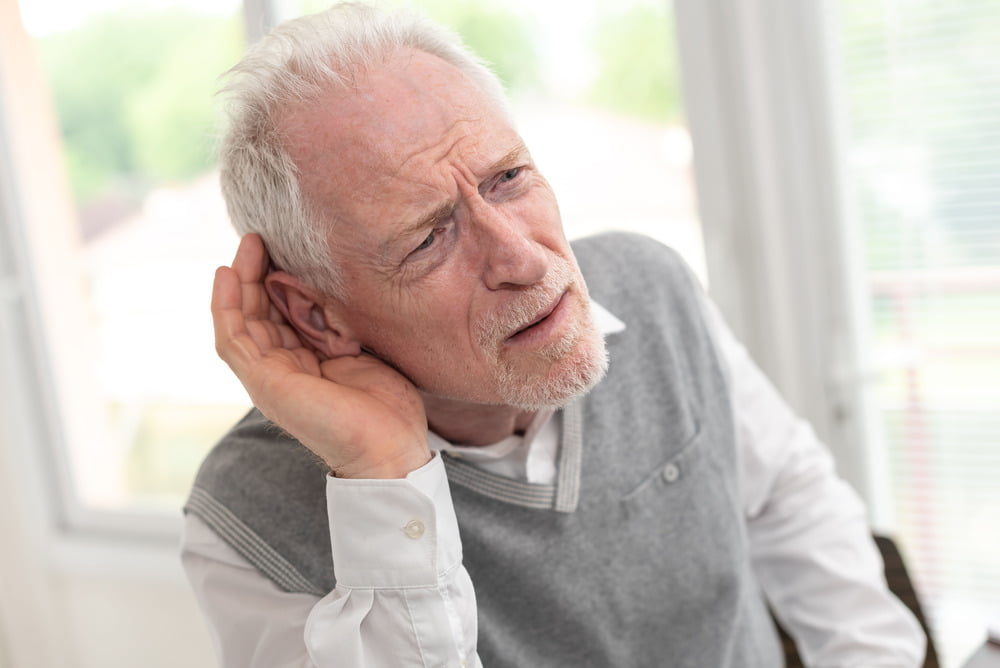
Struggling to Hear Over Distance
In large, open spaces, the distance between the sound source and the listener can further complicate auditory perception. Sounds may become distorted or attenuated over distance, making it challenging for individuals with hearing loss to understand speech or identify specific sounds. This issue is particularly prevalent in settings such as lecture halls, auditoriums, or outdoor events.
Acoustic Challenges
The acoustics of a space, influenced by its size, shape, and the materials used in its construction, can significantly affect how sound travels and is perceived. Hard surfaces may cause sound to reverberate, while soft materials might absorb sound, both of which can distort auditory signals for individuals with hearing loss. Understanding and navigating these acoustic challenges is a crucial aspect of managing hearing loss in public spaces.
Strategies for Success
Position Yourself Strategically
In public spaces, the placement of your body in relation to the sound source can make a significant difference. Try to position yourself in a spot where you can clearly see and hear the speaker or sound source. For instance, in a restaurant, choose a seat with your back to the wall to minimise background noise.
Utilise Smartphone Apps
There are numerous smartphone applications designed to assist individuals with hearing loss. These apps can provide real-time captioning for conversations, amplify sounds, or even help you adjust your hearing aid settings based on the ambient noise levels.
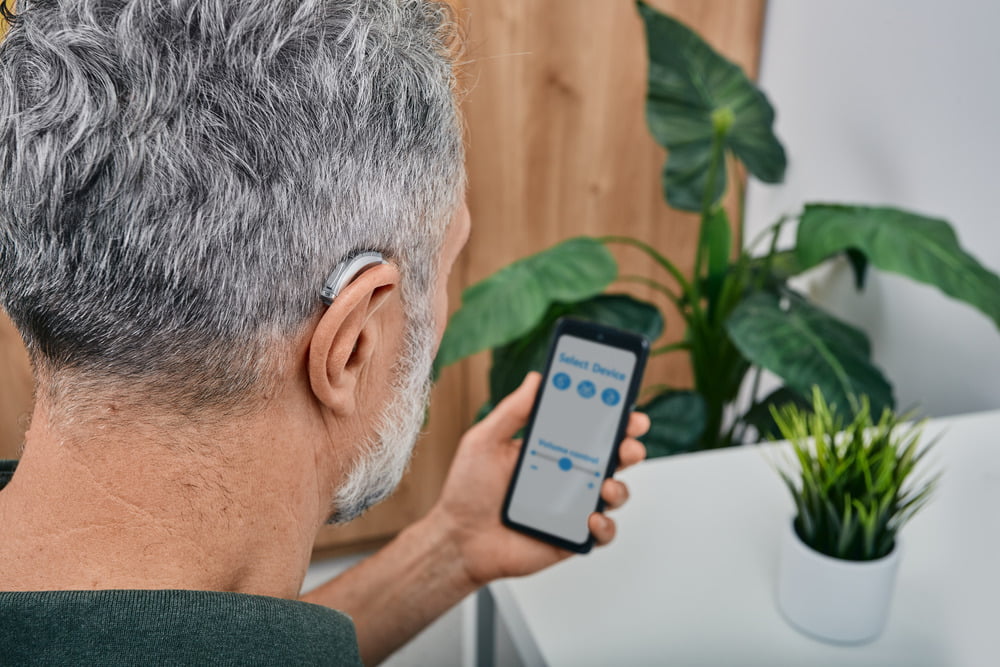
Encourage Proactive Communication Techniques
Be open about your hearing loss, empowering others to contribute to clearer communication. Don’t shy away from asking for repetition or clarification when necessary, ensuring that you fully grasp the conversation at hand. Encourage speakers to face you directly and articulate their words, creating a more inclusive and accessible conversational environment.
Stay Alert and Aware
Remaining vigilant and aware of your surroundings is crucial. Pay attention to visual cues and be mindful of potential hazards. If possible, plan your outings during less busy times of the day when public spaces are less crowded and noisy.
The Role of Hearing Aid Accessories
Hearing aid accessories can play a significant role in enhancing the hearing experience in public spaces. Remote microphones, for example, can be used to capture speech from a distance and transmit it directly to your hearing aids, providing clearer audio in noisy environments. TV streamers and other connectivity devices can also be used to stream audio directly to your hearing aids in public spaces equipped with compatible technology.
Protective cases ensure that your hearing aids and accessories are safely stored and easily accessible when you need them. Additionally, portable chargers can be a lifesaver, ensuring that your hearing aids are always powered up and ready to use, even when you’re on the go.
Embracing Independence
Navigating public spaces with hearing loss may present its challenges, but with the right preparation and tools, it is entirely possible to move through these environments with confidence. Hearing aid accessories play a crucial role in ensuring that your hearing aids perform optimally, providing clear sound and connectivity in any situation.
At Hearing Aid Accessories, we understand the importance of staying connected and engaged in all areas of life. We offer a wide range of high-quality accessories designed to enhance your hearing experience in public spaces and beyond. Browse our shop today to find the perfect tools to empower your hearing journey and take the next step towards confident and clear communication in every aspect of your life.
